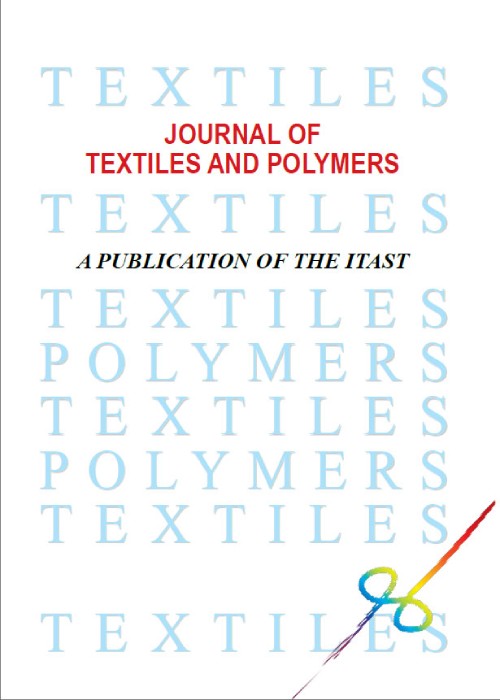Investigating the Effect of Children's Clothing Patterning to Reduce Fabric Waste in the Industry
The textile industry is the second most polluting industry in the world. From the production of raw materials in this sector to the production and consumption of the final product, it has always subjected to various environmental pollution and waste. One of the main goals of sustainable development is to preserve the environment in a way that does not harm creatures and protect the environment for future generations. Garment companies always faced with the problem of textile waste, which may eventually have to be disposed or consumed. The amount of waste disposed of in this area is very significant and approx. Percentage in the world that alarm is a serious threat to the environment. Because the waste that needs to be disposed of is either burned or buried in the ground. Their cycle of reuse also requires energy. So the world is facing a heap of textile waste, so you have to think about how to reduce the amount of this waste. The effects of this behavior are on environmental protection, lower consumption, lower production costs and lower commodity prices. Therefore, it is necessary to seriously address the issue of textile waste reduction in the garment industry. Therefore, this study examined the design and layout of baby clothing patterns in order to reduce waste in the production line of Happy Land Company, one of the leading brands and companies in the production of children's clothing. To this end, the researcher on the one hand, using pre-existing theories as well as personal experiences, examined the impact of four fundamental variables including dress size, fabric width, shear mode and layout on waste reduction. The statistical population of this study consisted of clothing for children in 8 different sizes in both Kid and Baby age groups. The data obtained from the product line of Hapland Company and then analyzed using SPSS software and statistical tests. Findings show that each of these variables can significantly reduce fabric waste alone or in combination. However, the most favorable case occurred when all four variables considered. So, in this case, about 18% of the waste generated by the HP was reduced, which is very economically significant and would generate a minimum profit of 15% for the company and reduce the cost of finished products for customers.
- حق عضویت دریافتی صرف حمایت از نشریات عضو و نگهداری، تکمیل و توسعه مگیران میشود.
- پرداخت حق اشتراک و دانلود مقالات اجازه بازنشر آن در سایر رسانههای چاپی و دیجیتال را به کاربر نمیدهد.


